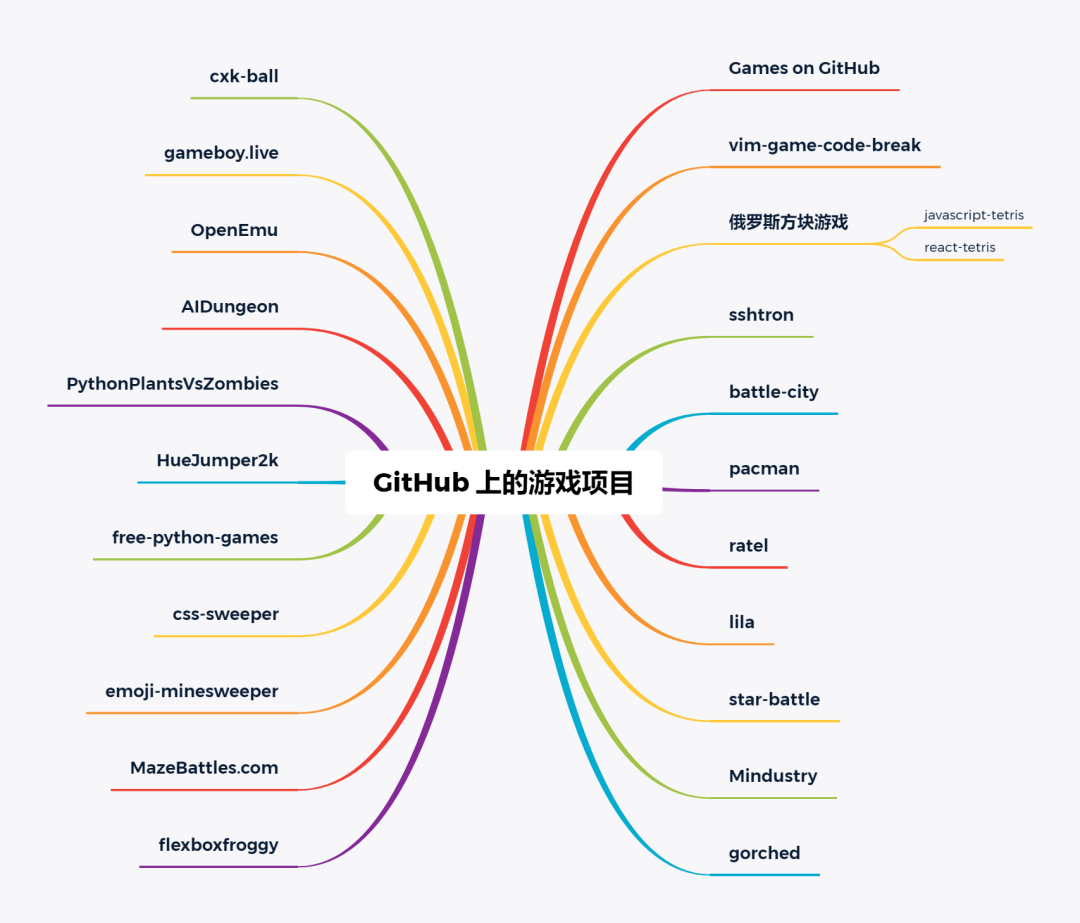We are struggling to configure our web app to be able to connect with web services via Spring WS. We have tried to use the example from the documentation of client-side Spring-WS, but we end up with a WebServiceTransportException. The XML config looks like this:
<bean id="webServiceTemplate" class="org.springframework.ws.client.core.WebServiceTemplate">
<constructor-arg ref="messageFactory"/>
<property name="messageSender">
<bean class="org.springframework.ws.transport.http.CommonsHttpMessageSender">
<property name="credentials">
<bean class="org.apache.commons.httpclient.UsernamePasswordCredentials">
<constructor-arg value="john"/>
<constructor-arg value="secret"/>
</bean>
</property>
</bean>
</property>
</bean>
We have been able to configure the application programmatically, but this configuration was not possible to "transfer" to a Spring XML config because some setters did not use the format Spring expects. (HttpState.setCredentials(...) takes two parameters). The config was lifted from some other Spring-WS client code in the company.
This is the configuration that works:
public List<String> getAll() {
List<String> carTypes = new ArrayList<String>();
try {
Source source = new ResourceSource(request);
JDOMResult result = new JDOMResult();
SaajSoapMessageFactory soapMessageFactory = new SaajSoapMessageFactory(MessageFactory.newInstance());
WebServiceTemplate template = new WebServiceTemplate(soapMessageFactory);
HttpClientParams clientParams = new HttpClientParams();
clientParams.setSoTimeout(60000);
clientParams.setConnectionManagerTimeout(60000);
clientParams.setAuthenticationPreemptive(true);
HttpClient client = new HttpClient(clientParams);
client.getState().setCredentials(AuthScope.ANY,
new UsernamePasswordCredentials("username", "password"));
CommonsHttpMessageSender messageSender = new CommonsHttpMessageSender(client);
template.setMessageSender(messageSender);
template.sendSourceAndReceiveToResult(SERVICE_URI,
source, result);
// Handle the XML
} catch (IOException e) {
throw new RuntimeException(e);
} catch (SOAPException e) {
throw new RuntimeException(e);
}
return carTypes;
}
Does anyone know how to solve my problem? Every tutorial I have see out there lists the first configuration. It seems that when I set the credentials on the messageSender object, they are just ignored...

